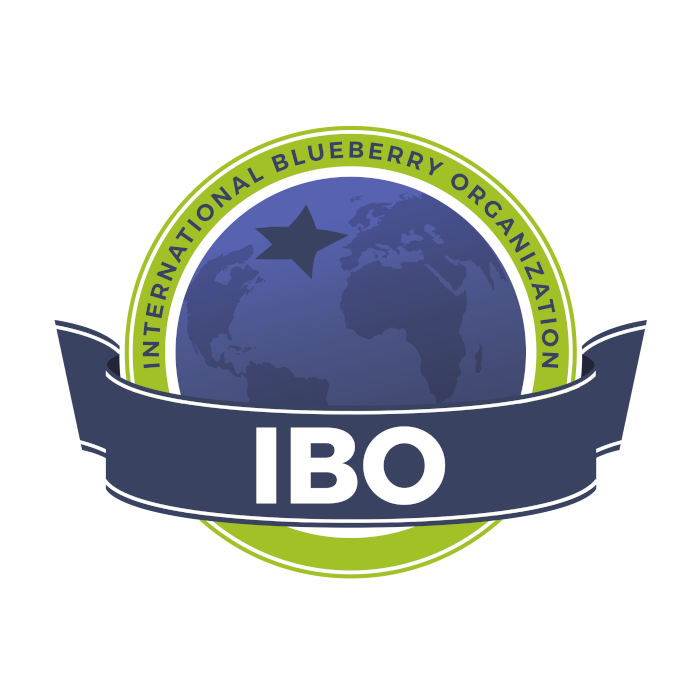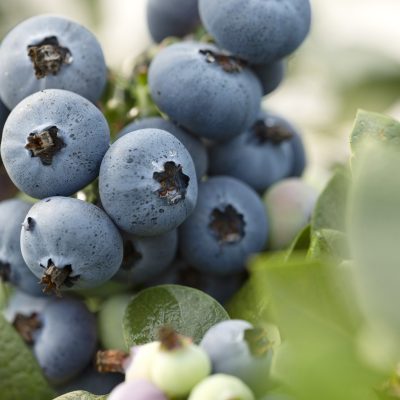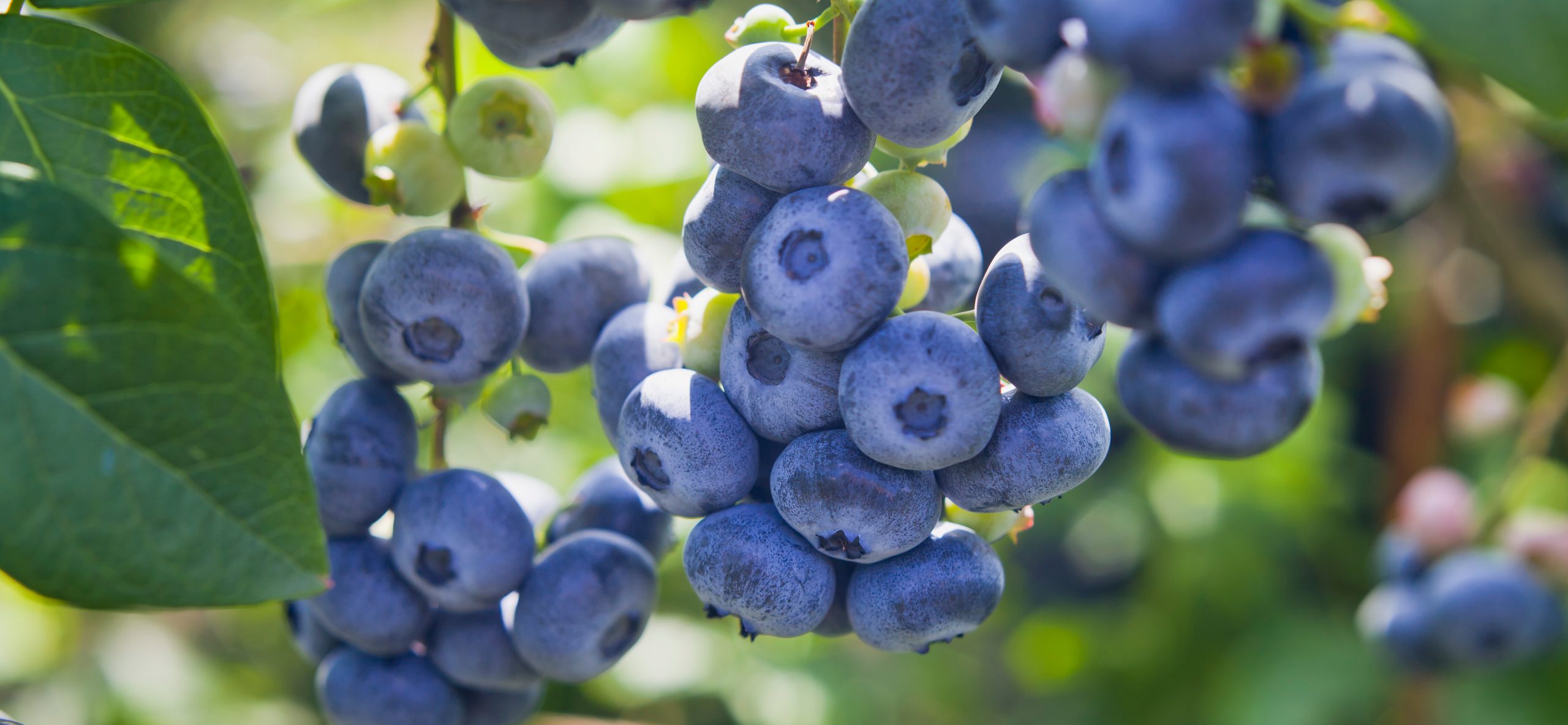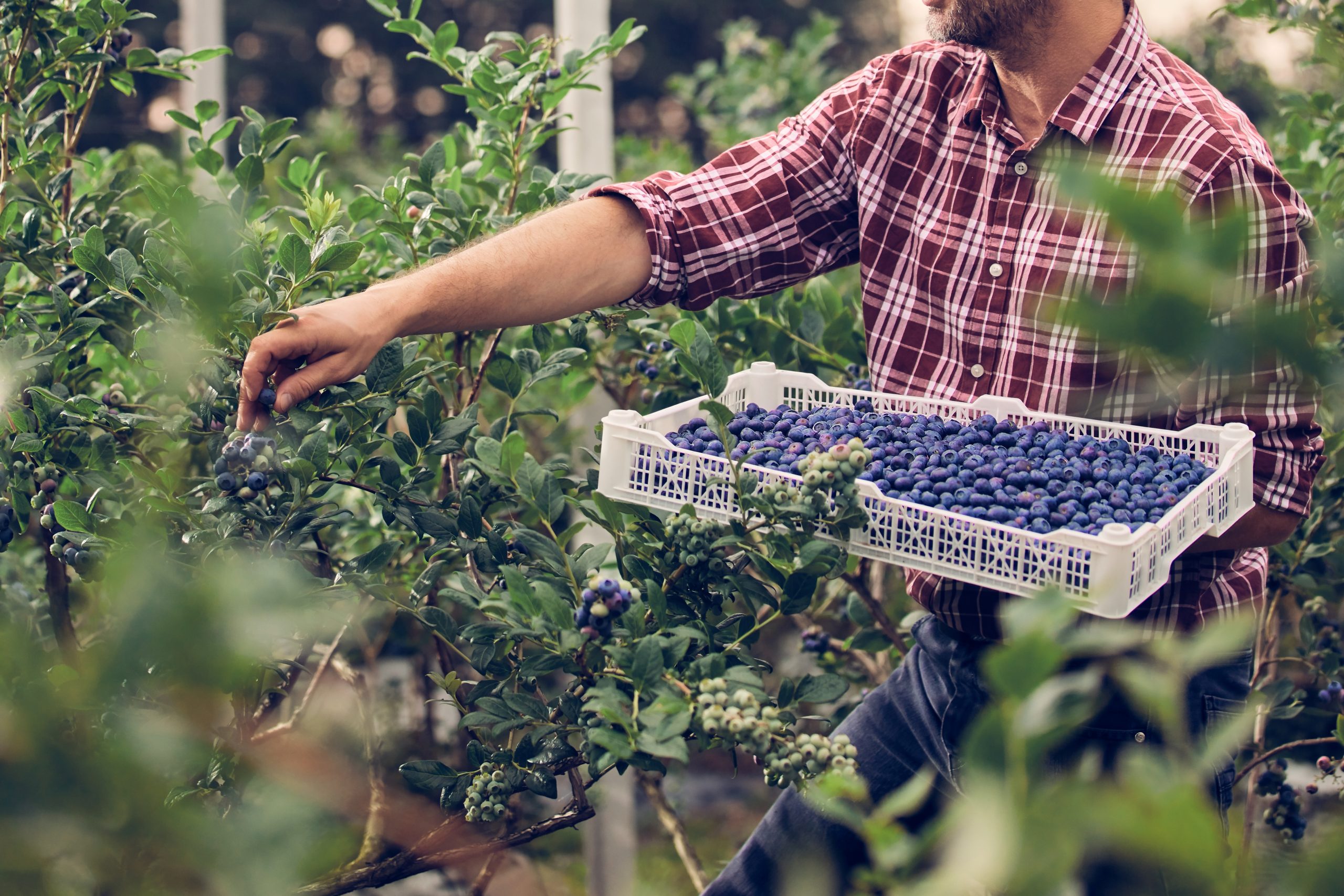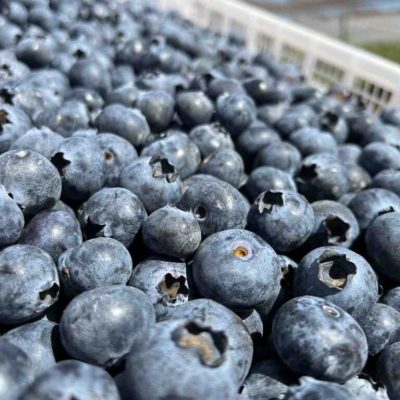Researchers study blueberry pollination
The apiculture program at N.C. State recently conducted a study that answered larger ecological questions and addressed concerns blueberry farmers had about crop pollination.
According to Shelley Rogers, a master’s student and lead researcher of the project, the study was conducted to find out which wild bees species pollinate crops, how important they are as pollinators compared to honey bees and the interaction by the two species.
Rogers said researchers study the pollination process of blueberry farms in order to explore the concern of farmers that there might be an over-reliance on the species of honey bees, especially since their population is declining. Then, farmers would be able to support those bee populations on their farms.
According to Hannah Burrack, associate professor of entomology and a researcher on the study, blueberries were used to conduct the study because of how pollination dependent they are.
“Blueberries are also economically a very important crop to North Carolina and are sold all over the world. They cover about 6,600 acres in North Carolina and are valued at about $66 million a year,” Burrack said.
Rogers said five groups were found pollinating the blueberry flowers: honey bees, bumble bees, blueberry bees, which are a specialist pollinator of blueberries, carpenter bees and small native bees.
According to Rogers, flowers that had not been pollinated were presented to the bees and after a bee pollinated it, the flower was caged until the blueberry developed so other bees did not visit it. Then the numbers of seeds produced in the fruit were counted to see which bees were the greatest producers.
As a result, it was found that many honey bees contributed to pollination but they contributed little in a single visit to a flower and were less productive at lower temperatures. There were fewer amounts of bees from other groups and species, but they contributed much more to pollination in the single visit to the flower.
According to Burrack, there are not as many honey bees out on days that are windy, cloudy or colder days, but this did not affect other types of bees. Blueberry bees do not produce a high number of seeds, but they are fast when pollinating.
Rogers said the research showed many wild bee species were contributing to pollination on the blueberry farms in different ways.
“In much earlier research, this wild bee contribution had been overlooked, or not fully appreciated, because only one or two measurements, such as abundance and single-visit contribution, were used to evaluate pollinator performance and the variable response of bees to weather was not taken into account,” Rogers said.
Rogers said there is another paper pertaining to this research coming out soon that studies the importance of bee diversity to pollination in fruit production and economic value. This data will help farmers know what is needed to manage pollination on their own farms.
“Honey bees are still important and provide a lot of pollination, but a healthy wild bee community, aside from providing significant pollination in its own right, could really help farmers buffer against sudden declines in honey bee populations,” Rogers said.
Burrack said the research team has started answering this question by collecting samples from organically managed farms and conventionally managed farms and observing the differences. This next part of the study and ways to address its questions is still being worked on.
“Our main question is what are farmers doing that can potentially impact bees and the initial things we are interested in looking at are some of the pesticides growers are using,” Burrack said.
www.technicianonline.com
